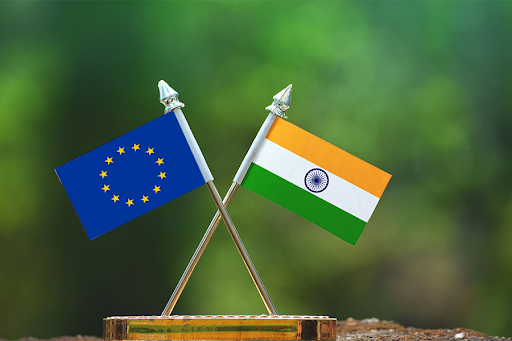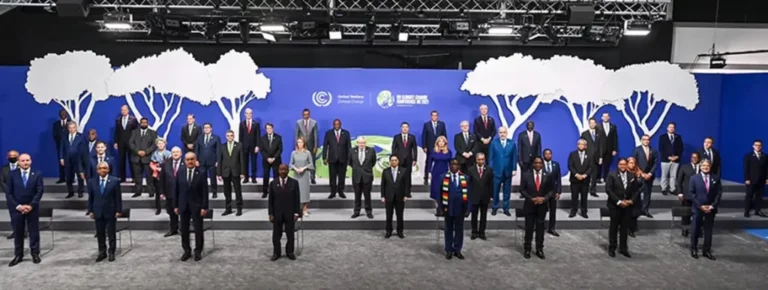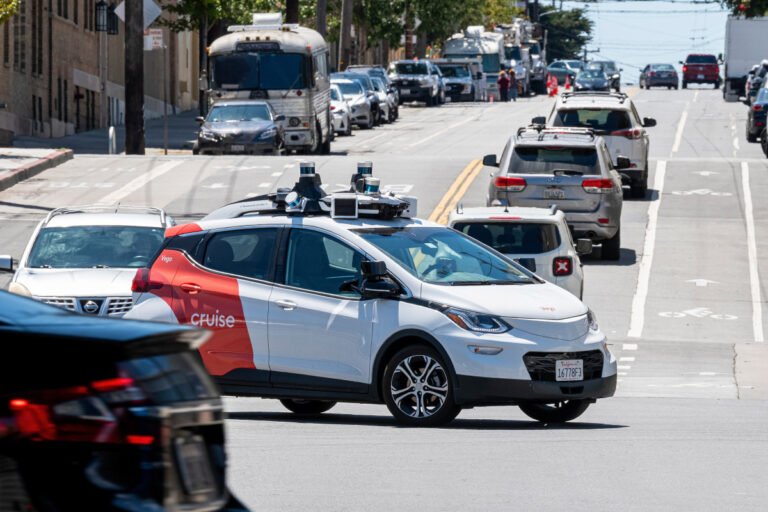
In today’s global economy, nations are constantly seeking new ways to connect and collaborate. One such effort is the trade agreement being negotiated between India and the European Union, two major players from very different parts of the world. On one hand, India stands as a fast-growing, youthful economy, eager to expand its global footprint. On the other hand, the European Union represents a powerful, highly developed bloc of nations with a strong focus on rules, standards, and sustainability.

At first glance, a partnership like this seems full of promise about more jobs, smoother trade, and better access to each other’s markets. But as we dig deeper, we find that this deal is not just about tariffs and exports. It’s about balancing two very different sets of priorities, values, and economic realities. This makes the India-EU Free Trade Agreement both an exciting opportunity and a serious challenge.
Background and Timeline
India and the European Union have shared diplomatic ties since 1963, gradually evolving from development cooperation to a strategic partnership in 2004. Trade became central to their relationship, with the EU now among India’s top trading partners. Talks for a Free Trade Agreement began in 2007 but stalled for years due to disagreements. Renewed negotiations resumed in 2022, aiming to strengthen economic and political cooperation amid changing global dynamics.
The India-EU Free Trade Agreement represents a major strategic move for both economies. India brings a dynamic, youthful market; the EU brings deep capital, technology, and standards. Together, they could redefine trade flows across continents. But unlocking this potential requires thoughtful alignment on critical issues, from tariffs to sustainability!

India-EU Trade Agreement: Opportunities, Risks, and the Road Ahead
The India-EU Free Trade Agreement (FTA), officially the Broad-based Trade and Investment Agreement (BTIA), is once again in focus after nearly a decade-long pause. For both sides, the deal promises to strengthen strategic and economic ties. But beyond the formalities lie complex questions: What does this agreement mean for India’s development goals? Who benefits, and who bears the burden?
To understand its full impact, we must look beyond aggregate trade numbers and explore the structural asymmetries and real-world implications across sectors.
Opportunities: Where the FTA Could Work for India
1. Boost for Labour-Intensive Exports
The European Union is India’s third-largest trading partner, with total goods trade reaching €96 billion in 2022. Tariff elimination could particularly benefit Indian exports in textiles, garments, leather, and footwear sectors that employ over 45 million people, many of whom are women in rural areas.
Currently, the EU imposes 8–12% tariffs on these products. Removal of such duties could significantly improve price competitiveness, increase export volumes, and help address unemployment in informal industries, a much-needed boost in India’s labour-intensive economy.
2. Greater FDI and Global Integration
The EU is India’s second-largest source of FDI, with cumulative inflows of nearly $95 billion from 2000 to 2022. A well-structured FTA could enhance investor confidence, align technical standards, and simplify business processes, thereby helping India integrate more deeply into global value chains in electronics, automotive components, and clean energy sectors.
This integration is vital if India hopes to shift from being a low-cost assembler to a high-value manufacturing hub.

3. Partnership on Green Technologies
The EU’s expertise in sustainable infrastructure and clean energy could support India’s green ambitions. India aims to invest $500 billion in renewable energy by 2030. Collaborating with EU nations through this agreement could facilitate access to green technologies, electric vehicles, and climate finance, accelerating India’s transition while opening up new markets and jobs.
Risks: Where the FTA Could Hurt India
1. Agriculture and Dairy Under Pressure
Agriculture supports over 40% of India’s workforce, but most farmers operate on small plots with minimal support. In contrast, the EU spends over €55 billion annually subsidizing its industrial-scale farms under the Common Agricultural Policy.
If India agrees to open its markets to EU agricultural products, domestic producers, especially in the dairy sector, may not survive. India’s cooperative dairy model (like Amul) could be threatened by an influx of cheap European cheese, butter, and milk powders, risking income security for millions of small farmers.
2. Affordable Medicines at Risk
India is a lifeline for global public health, supplying 20% of the world’s generic drugs and over 60% of UNICEF’s vaccines. Yet, the EU continues to push for stricter intellectual property protections, such as patent term extensions and data exclusivity.
These provisions could delay the production of generic medicines, raising prices by up to 50 times, according to Médecins Sans Frontières. Such changes could not only harm Indian consumers but also millions in developing countries that depend on India for affordable treatments.

3. Sovereignty in Investment and Resource Management
The EU is eyeing India as a strategic partner for access to critical raw materials like rare earths and lithium, which are essential for its green transition. However, India currently regulates these sectors with export taxes, environmental safeguards, and restrictions on foreign investment.
The EU wants stronger investor protections, including Investor-State Dispute Settlement (ISDS) mechanisms, allowing foreign firms to sue India for policy changes they deem harmful to profits. India has lost several such cases in the past, incurring heavy legal costs and policy setbacks. Such clauses could undermine India’s ability to regulate its economy, from mining to public health.
Conclusion: Balance Ambition with Caution
The India-EU FTA has the potential to open new doors like more trade, more investment, and greener development. But these gains must not come at the cost of India’s sovereignty, food security, or social protections.
India must insist on safeguards for vulnerable sectors and retain the ability to shape its development path. A trade agreement should empower a nation and not compromise its people or its policy freedom.
As Dr. Manmohan Singh once noted:
“Globalisation must not mean the end of policy space for developing countries. It must give them room to grow.”
The goal should not be to walk away from the deal, but to ensure it becomes a partnership of equals, which is built on fairness, responsibility, and shared progress.
Written by – Kriti Chopra
Edited by – Neelambika Kumari Devi
The post India and the EU at the Trade Crossroads appeared first on The Economic Transcript.






